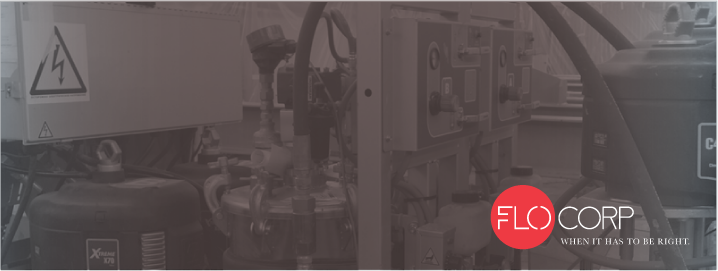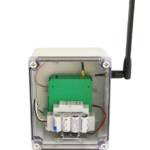Asset Management
According to a study by Grand View Research, the Global Plastics Market is expected to reach USD 654.38 billion by 2020. The plastics sector is one of the largest manufacturing industries in the United States. As the industry continues to substantially grow, monitoring this valuable commodity becomes essential.
Problem: A top flooring manufacturer who purchases plastic resin from one of the nation’s largest plastic distributors needed help monitoring and electronically accessing their material. Their current method of level measurement was climbing to the top of the silo and manually verifying the level measurement. They also needed a way to contact the plastics distributor and have them deliver material on time in order to avoid shutting down production.
Solution: FLO-CORP provided a solution that would measure the accuracy of their material, display the level in both silos, and communicate wirelessly to their network server. Now purchasing, accounting, and operations are all able to view the tank levels, data logged events, and receive alarms all from the convenience of their PC. One of the most important things FLO-CORP’s solution provided was the ability to send out an email alert to the plastics distributor when the tank was getting low. The plastics distributor would then send a truck to fill the silo back up and costly downtime is avoided. Learn More...








